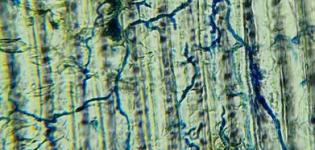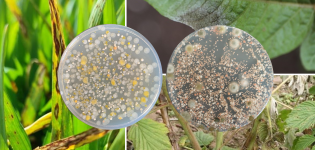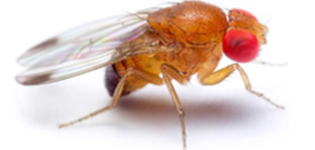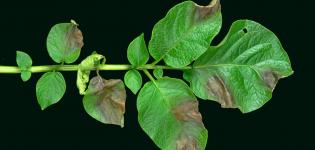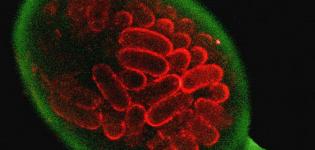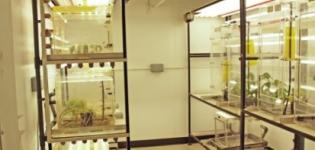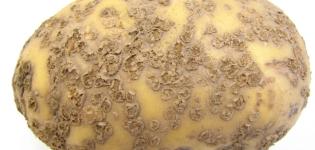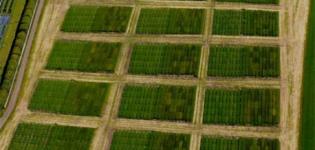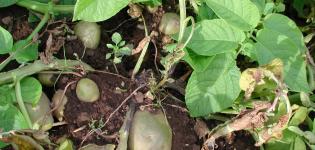Plant endophytic microbes in agriculture
Plant endophytes are symbiotic, and often beneficial, microbes living inside plants that can boost growth, enhance stress tolerance, and help protect against pests and diseases. By harnessing these natural allies, we can reduce reliance on pesticides while improving crop resilience and productivity.


 Soil-borne pathogens of potato cause a number of serious blemish diseases. By employing appropriate soil sampling strategies in conjunction with a
Soil-borne pathogens of potato cause a number of serious blemish diseases. By employing appropriate soil sampling strategies in conjunction with a 